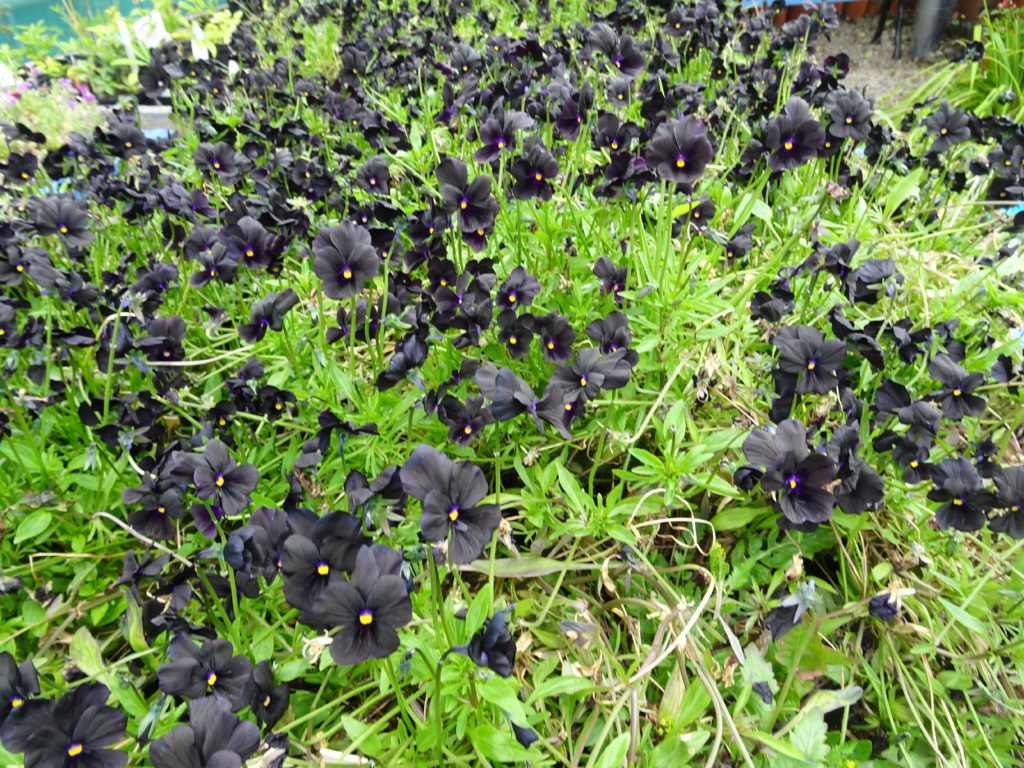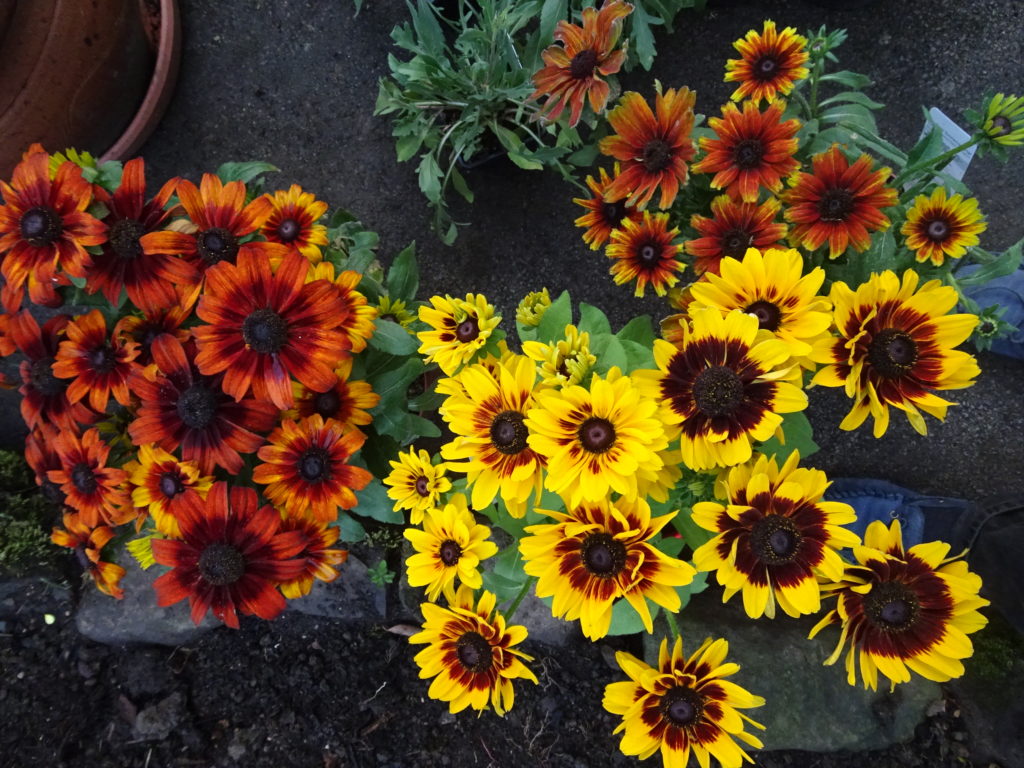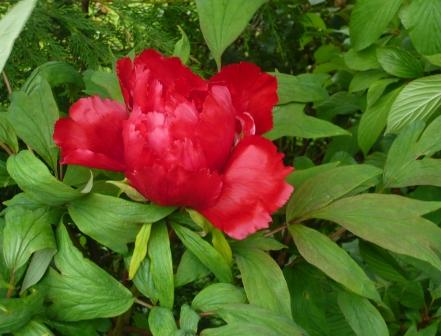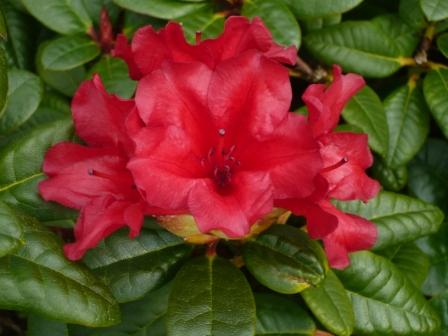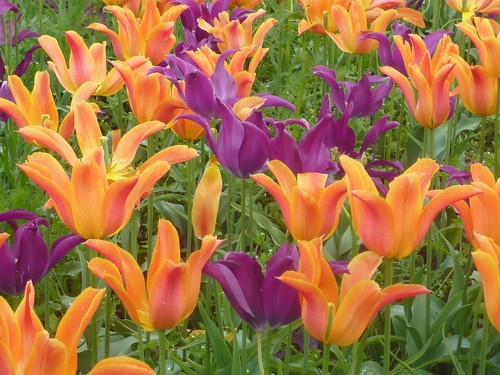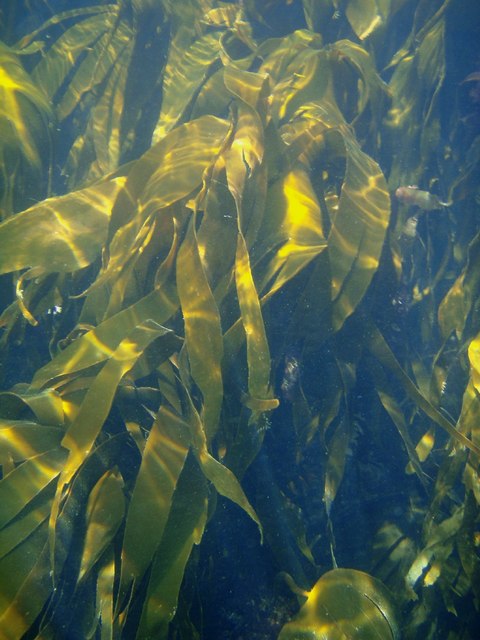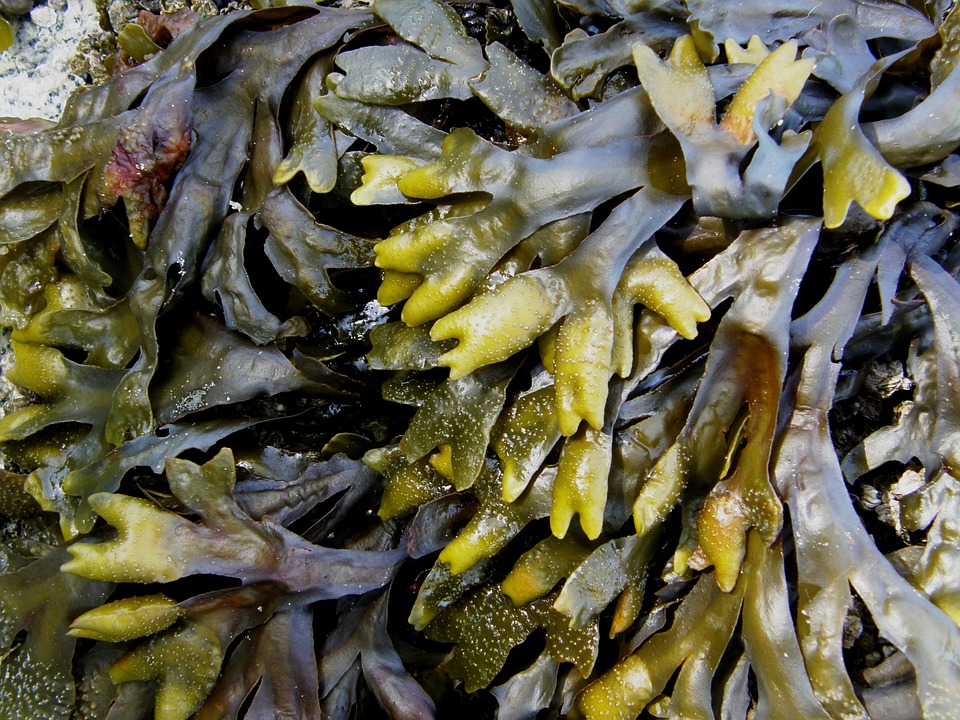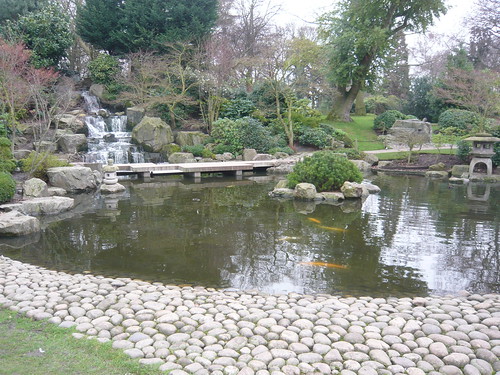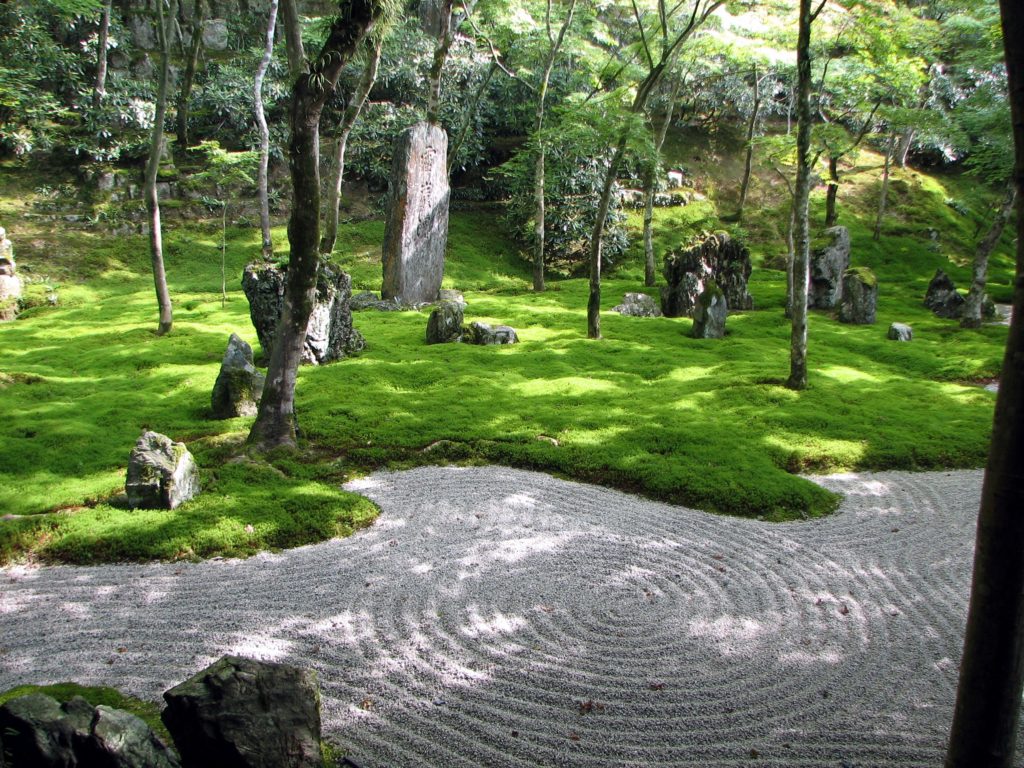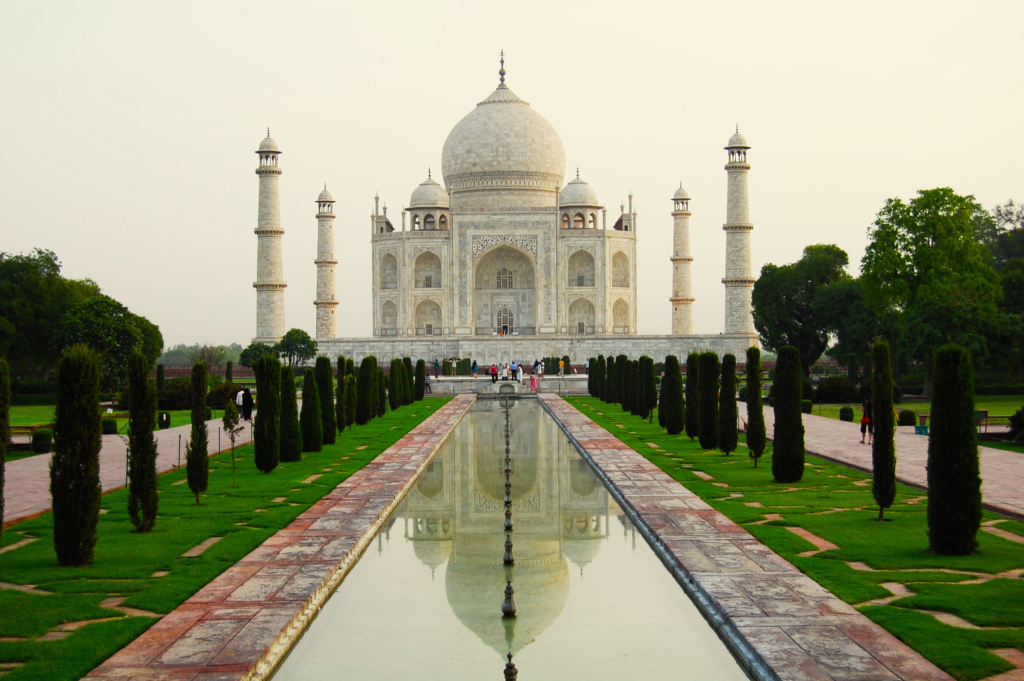
There are many gardens and monuments dedicated to Peace and they are worth seeking out when you are on your travels.
London
In May 1999, His Holiness the Dalai Lama opened and consecrated the Tibetan Peace Garden next to the Imperial War Museum, London, UK and it has been enhanced by Arabella Lennox-Boyd. The original contains Buddhist features including a language pillar and at its heart the Kalachakra Mandala associated with world peace. Eight meditation areas surround this main monument. Four modern Western sculptures representing Air, Fire, Earth and Water have been carefully located to the north, south east and west. If this all seems a bit too much and you just want a quiet, soothing walk, head for the inner gardens which are scented with herbs, jasmine, honeysuckle and roses. An outlying landscaped area is also great for ambling around.
There is now a circular paved space surrounded by double rows of Hornbeam Carpinus Betulus and a number of Betula ermanii and B. Utilis in numbers important to the Buddhists and the concept of peace and tranquility. 6,7,8,12,16,21,37 & 49.
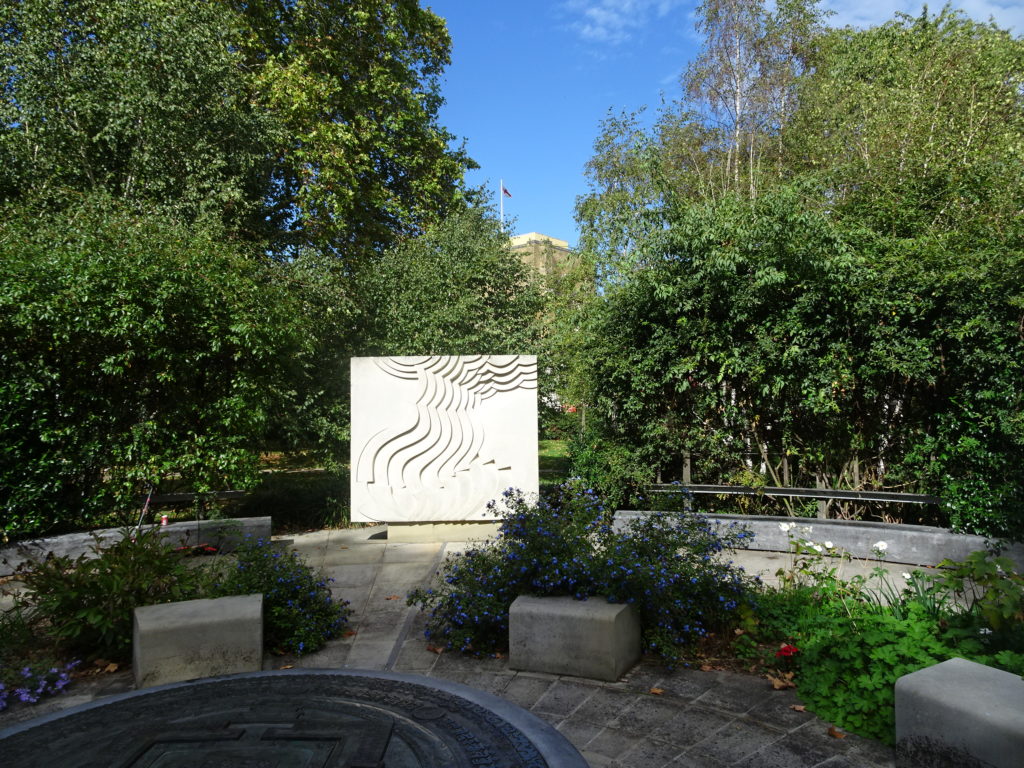
The International Peace Garden dedicated in 1932 is a memorial to World Peace. It lies along the world’s longest unfortified border and encompasses a 2,339 acre Botanical Garden. Between the State of North Dakota and the Province of Manitoba this garden is a well frequented site maintained jointly by USA and Canada. There is another International Peace garden in Salt lake City Utah. …
Read More Read More
